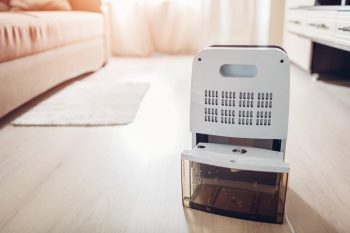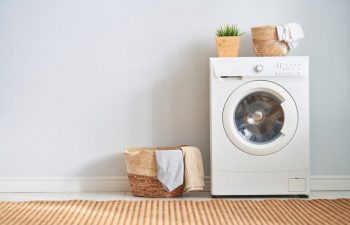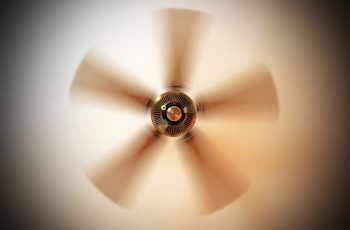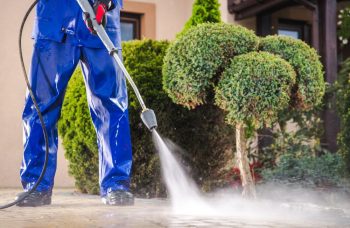
According to research, around 358,500 home fires happen each year. Among these, 50% of home fires start in the kitchen. Unattended cooking is the leading cause of fire all over the world.
These very scary statistics emphasize why you should be very careful when working in the kitchen. Ovens and stovetops are efficient appliances that have made cooking at home very easy.
Especially if you love to cook or bake, you know these two appliances are the ones you mostly rely on whenever cooking a meal for your family. With ease also comes responsibility. It is essential to make good use of these useful appliances and consider all the preventive measures to avoid accidents from happening.
Knowing the reasons behind such fires can help avoid them happening at your place. Thus, this article will discuss them in detail.
To prevent fires and other accidents in the kitchen, the following are the 10 most important safety tips that every cook owning an oven or a stovetop must follow:
- Use anti-tip brackets while installing your ovens.
- Cook on the back burners of the stove.
- Watch out for your pans over the stove or in the oven.
- Do not line your oven bottom with aluminum foil.
- Clean your ovens and stovetops regularly.
- Spy on your oven while putting it on the self-cleaning cycle.
- Keep a fire extinguisher nearby.
- Invest in a carbon monoxide detector.
- Do not use water to put out a grease fire.
- Do not hesitate to seek help when necessary.
This article will highlight 10 useful ways to avoid any problems or fire hazards in the kitchen while using ovens or stovetops.
10 Useful Tips That Every Cook Should Know About Ovens and Stovetops
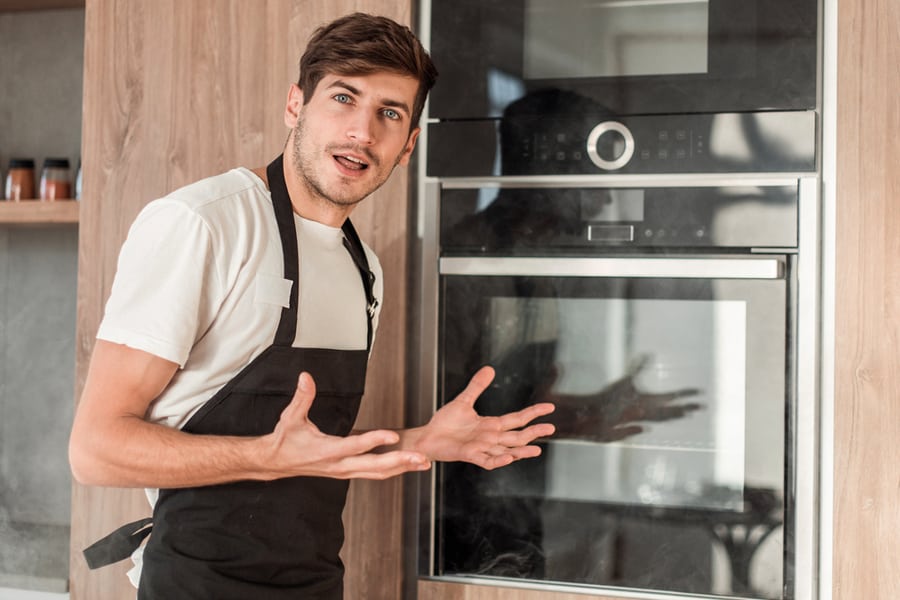
The stovetop and oven are the two most useful appliances for cooks. These let you cook in the peace of your home, whether it is raining outside or a hot summer sun is shining on the top of the sky.
Below are the top ten oven and stove safety tips you must know to be a cook.
1. Use Anti-Tip Brackets While Installing Your Ovens
Anti-tip brackets are fall arrest metal safety devices that help you prevent accidents from tipping freestanding ranges. These can help in adjusting your ovens or stovetops in one place and hence are included in usually all installation kits.
These are most helpful if you own any pets or have kids at home.
2. Keep the Handle of the Pot From Hanging Over the Edge of the Stove
Rotating the pots with long handles is essential to keep the handles from hanging on the edge of the stovetop. This is necessary as this minimizes any chance of hitting the pan with your elbow or letting it be pulled by a toddler hence spilling all the warm content.
Another helpful tip in this regard is to keep your pots on the back stoves first. This gives the pot enough space from the edge and minimizes any chance of slipping.
3. Watch Out for Your Pans Over the Stove or in the Oven
Sometimes, while cooking a steak or roasting a simple piece of chicken, you may turn the heat to the highest point in order to get a nice sear on it. There is no problem with keeping the heat high or letting your pan smoke.
However, the problem arises when you leave the pan unsupervised for too long. If your pan contains oil or grease, high heat will make it catch fire, which can become dangerous if not handled on time. The small amount of grease on the pot’s lining can also be dangerous and ignite a huge fire.
Ensure not to put a pot with plastic or wooden handles inside the oven or on the stovetop. The plastic handles will melt, and the wood will catch fire leading to a considerable problem afterward.
4. Do Not Line Your Oven Bottom With Aluminum Foil
You might have seen this hack in the DIY videos where they line the bottom of their ovens with aluminum foil to catch any dripping grease and prevent any mess from happening.
However, no video will show you the hazard of this hack, which can block the airflow, leading to the buildup of carbon monoxide under the foil, fires, and additional damage to your appliance.
It is better to clean up the mess later than to create a big fire hazard only to save your oven from getting dirty.
The hack that can be useful is to use another pot and place it on the lower rack (not in the bottom) of the oven to catch any falling drips and prevent any mess. Lining aluminum foil on the bottom rack may also be helpful, but it also comes with a risk.
As the foil will be challenging to remove, it can develop any crack or hole during its removal hence spilling all the caught grease at the bottom all over again.
5. Clean Your Ovens and Stovetops Regularly
Many big accidents in the kitchen are only the result of laziness. You know how unavoidable it is to prevent creating a mess in your oven. No matter how much care you involve or how protective steps you may take, boils, splatters, and splashes are common, and there is no escape from it.
You are not alone if you get lazy after eating the food and forget to clean the mess! We are all in this together! The problem happens when you decide to put your next dish in the oven and realize the previous mess is still left uncleaned.
You are so hungry then that you cannot wait to clean the oven first before putting the new dish inside. The same happens at the time of the next meal, and the cycle repeats itself all over again.
This seemingly very small mistake can result in huge fires! As the previous food keeps on cooking on the bottom and walls of the oven, it is very easy for it to ignite a fire which can be very difficult to handle at times.
Even if you don’t come across a fire, the mess can get stickier and harder over time and become very difficult to clean over time. So, it is essential for you to clean up the mess in your oven before you start a new meal or at least before going to bed.
6. Spy on Your Oven While Putting It on the Self-Cleaning Cycle
If you have a modern oven, you might know about its self-clean cycle. Even if you got no idea, let us explain. What actually happens during a self-clean cycle is that the oven turns on its highest heating degree.
This burns any food residues left inside hence turning them into black ashes. In steam-cleaning ovens, steamed water is also used to make the food particles soft in order to make them easy to be wiped from the oven’s interior.
Whatever self-cleaning mode of the oven you own, the problem will stay there. If there is grease on the bottom or sides of the oven, it can easily catch fire as the oven temperature goes up.
Thus, wiping off the greasy splatters first is essential before putting the oven on the self-clean cycle. Otherwise, do guard your appliance in order to deal with any fire if it ignites inside.
7. Keep a Fire Extinguisher Nearby
It is better to invest in a fire extinguisher than to watch your expensive appliance burning in front of your eyes while you are calling a fire brigade to help out.
Do save some money and buy a fire extinguisher, especially to keep it in the kitchen. While purchasing, make sure it is a Class B type extinguisher.
It is specially designed to deal with anything that might catch fire inside the kitchen. Other Class extinguishers may not be as effective as they are built for different purposes, such as those for wood or paper fires or others for extinguishing electrical fires.
8. Invest in a Carbon Monoxide Detector
Do you know you can detect the presence of carbon monoxide in the air by using a small, simple device? Well, isn’t that very handy and useful? That obviously is!
If you own a gas stove at home, it is essential to be very careful while using it. Carbon monoxide can be a very dangerous gas. It can cause a slow and silent death before letting anyone detect what is happening around them.
This happens due to its properties. Being a colorless, odorless, and tasteless gas, it can not be detected by any of the human senses.
That is why we have a special appliance for it. The carbon monoxide detector can detect the concentration of this poisonous gas in the surroundings and can give you a warning beep when it is exceeding the safe limit. It is better not to ignite any matchstick, turn on the exhaust fan, and open the window immediately to remove this poisonous gas from the surroundings.
9. Do Not Use Water To Put Out a Grease Fire
Water! It is the first thing that comes to your mind as soon as you see a fire anywhere. However, you must know that putting out a fire in all cases is not useful. Especially when it is a grease fire, water can make the situation go worse.
As grease or oil floats on top of the water, splashing a grease fire with water will do no good. In fact, it will spread the fire by providing it with a floating strength and giving it more surface area to burn.
Thus, using a pinch of baking soda to cover up the grease and absorb it is recommended. This will consume the source of the fire hence preventing the fire from spreading further.
10. Do Not Hesitate To Seek Help When Necessary
If you see the fire is going out of hand and no trick is working, do not wait to pick up your phone and give it a ring 911. Do not attempt to burn yourself while putting out that huge fire. Rather, call out the professionals to help.
It is crucial to stay wise in any such crisis moment and not put your life in danger.
We wish you a safe cooking experience and hope that you do not have to go through any accidents. The above tricks are there to help you ensure nothing bad happens. We hope you will follow them. Happy Cooking!
Conclusion
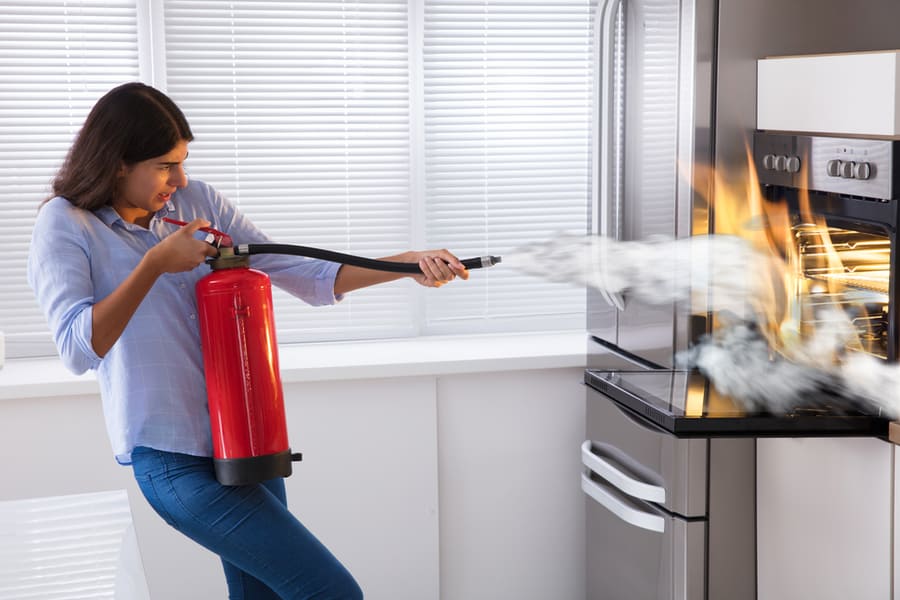
Unattended cooking is among the most common cause of fires at home. Thus, being a cook, you must be addressed of the safety tips that can help you save your house from any fire hazard.
Keep all the above-listed safety tips in mind in order to keep yourself, your family, and your belongings safe. In case an accident occurs, do not hesitate to contact the national warriors for help.
Frequently Asked Questions
Is It Dangerous To Kill a Bug Using a Spray Near a Burning Stove?
Most of the bug-killing sprays are flammable. It means they can easily catch fire when used near the fire.
It is really important to store them away from the stove and heat and not spray them near a burning stove. This can readily start a dangerous fire!
What Should I Do if My Pan Catches Fire?
If your pan catches fire, turn off the stove right away. Now, use the lid of the pan to cover it to stop the oxygen supply. This will put off the fire right away.
In case the fire is big, use a fire extinguisher on top. If the fire is still uncontrollable, leave the kitchen and call 911 to bring emergency.

